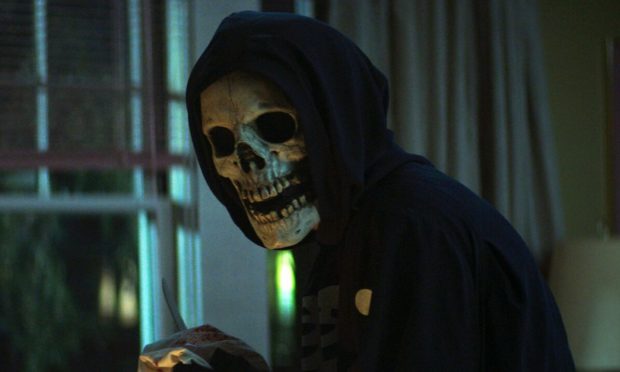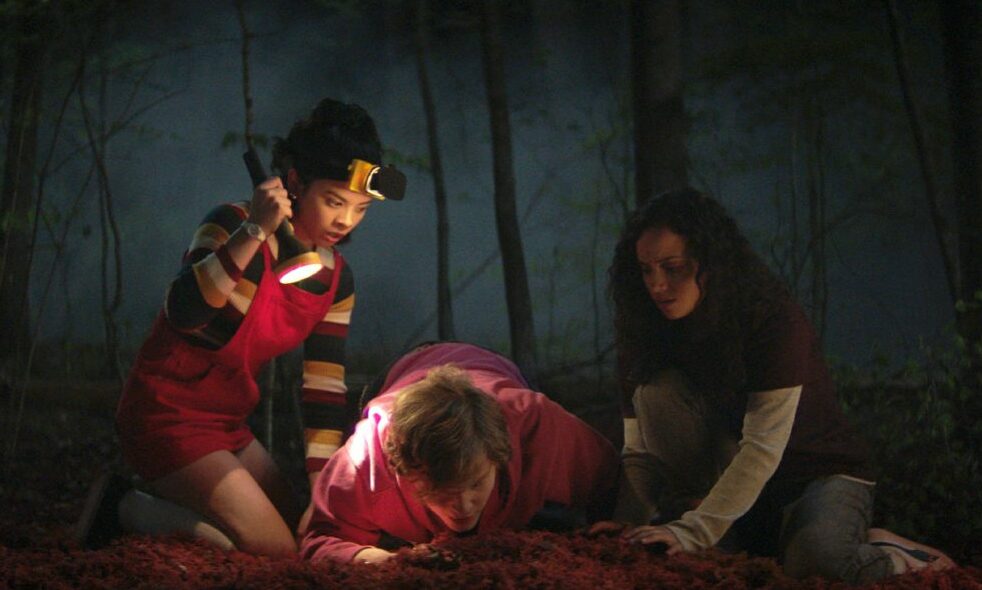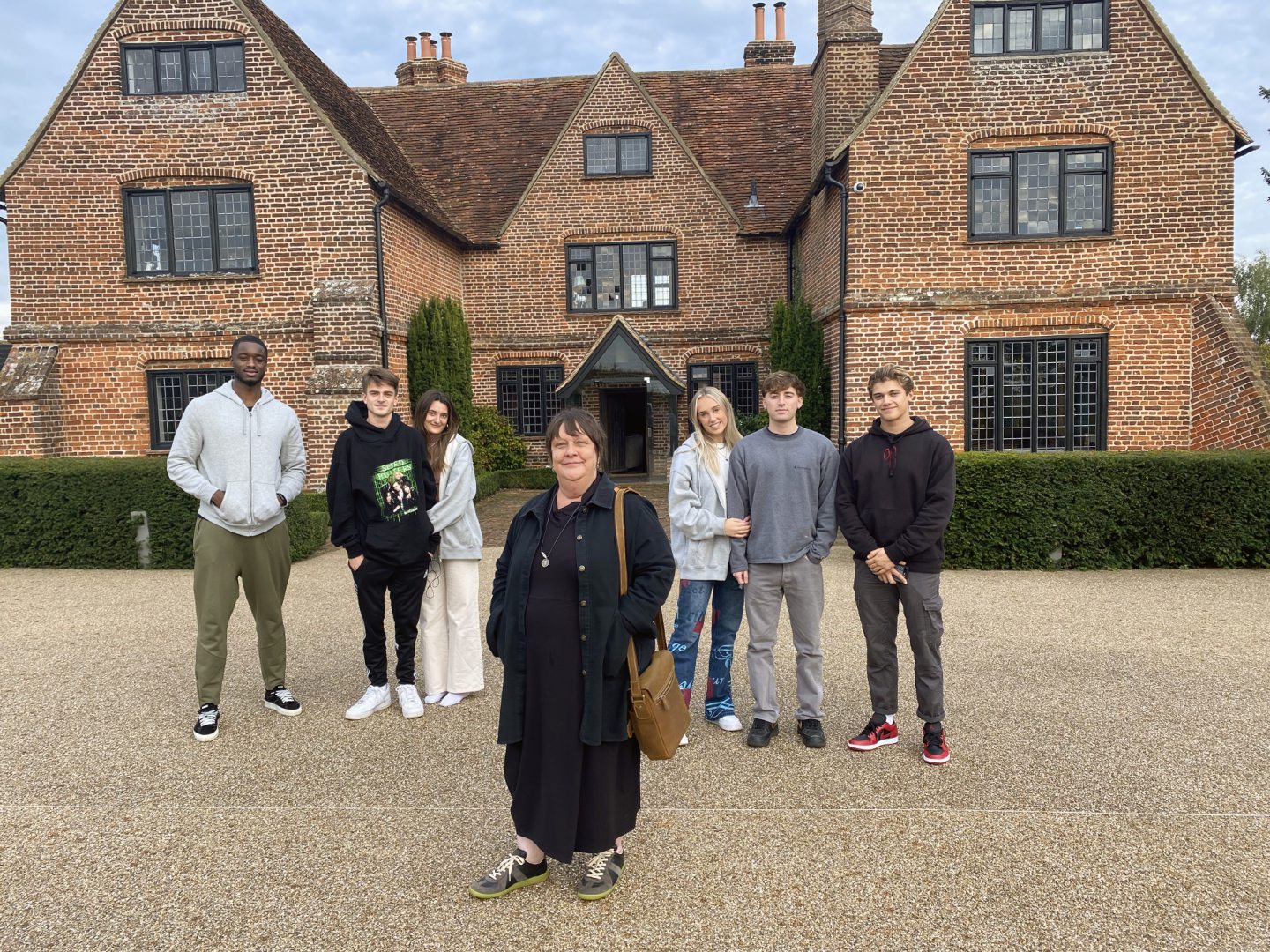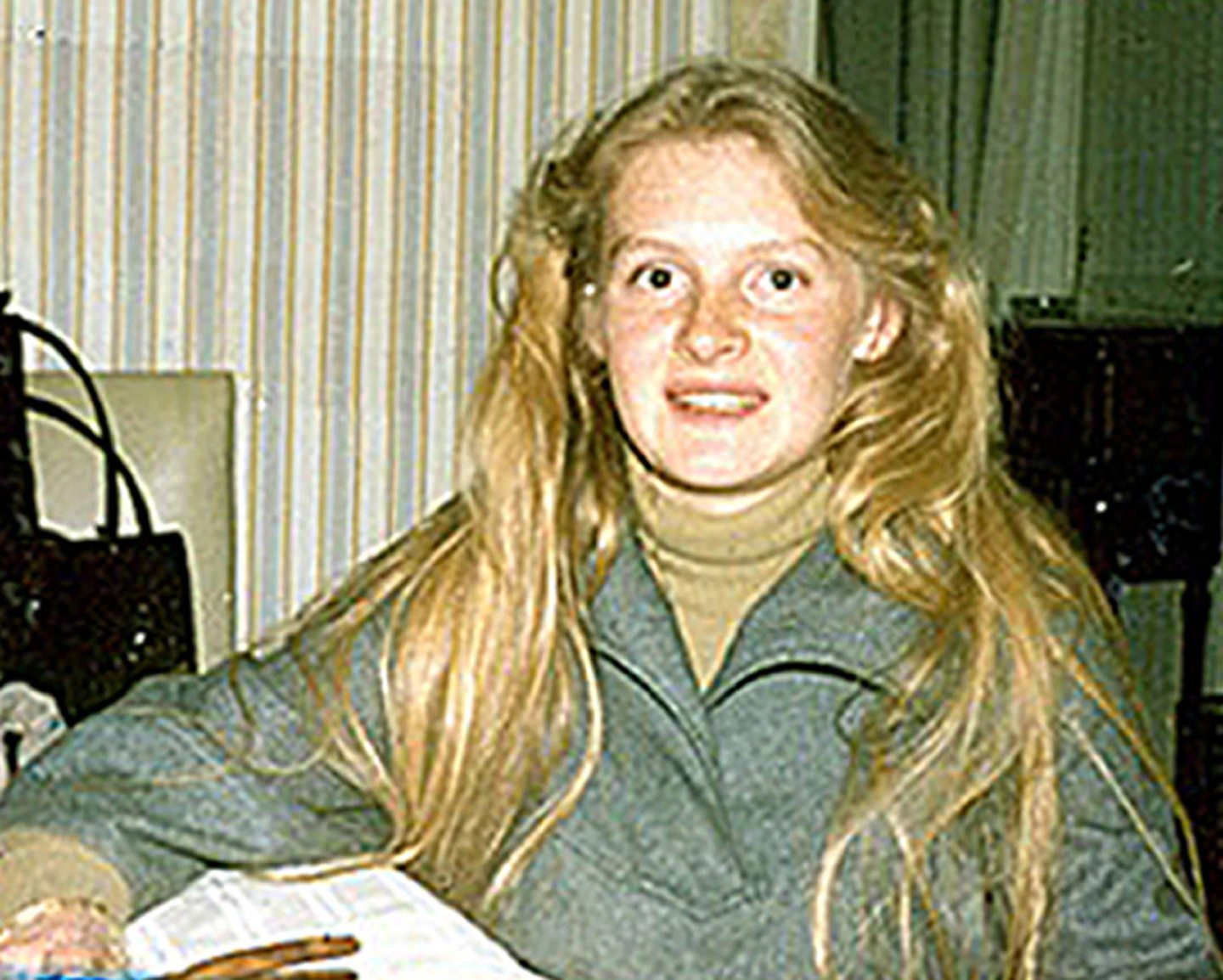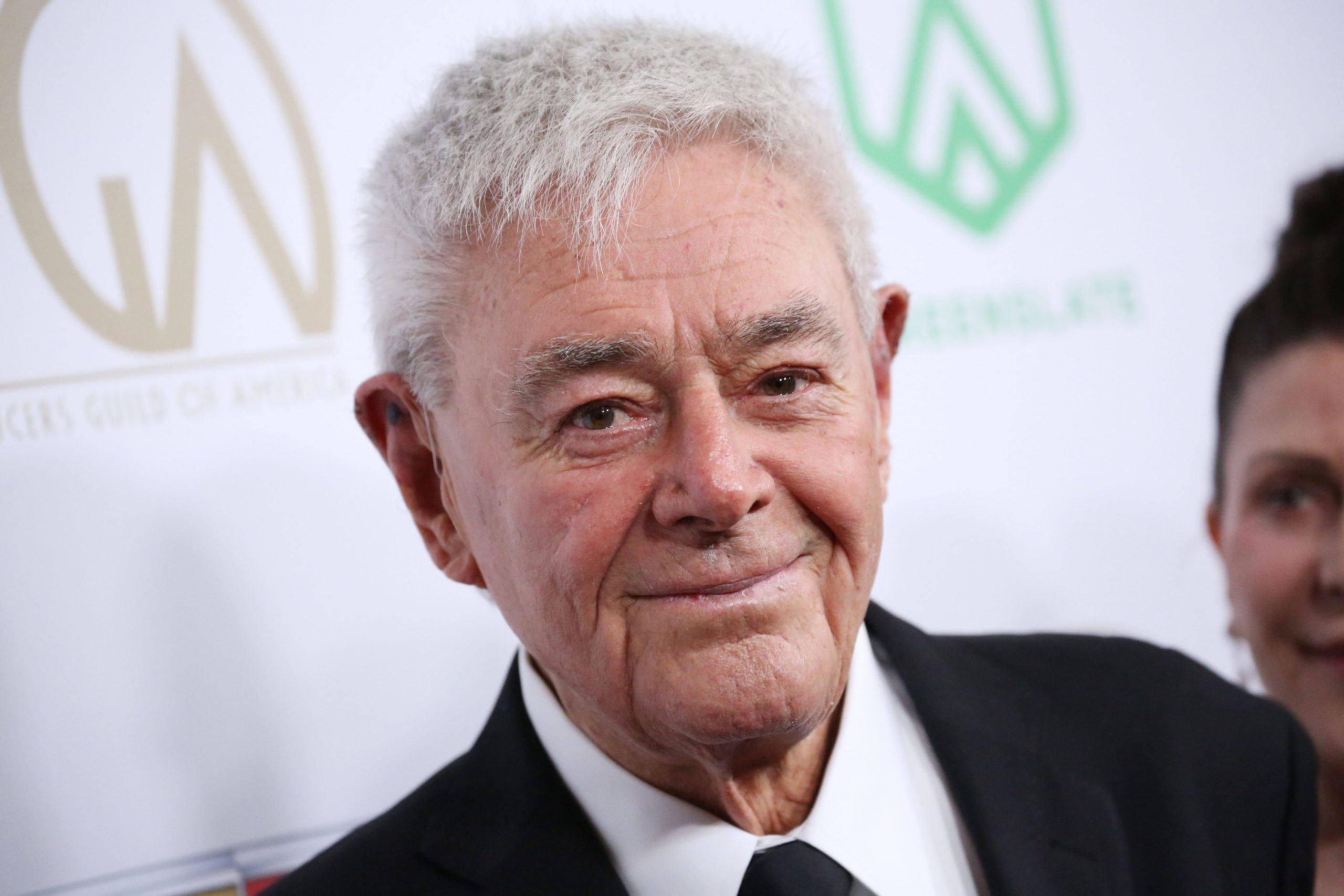In years to come, I wonder how many hardcore horror fans will look back on Netflix’s new Fear Street films and fondly remember them as the gateway drug into the world of scary movies.
With blood, guts, swearing and even an 18 certificate, Fear Street Part One: 1994 is like the edgy cousin of Stranger Things and feels as though it has been precision-engineered to be enjoyed by 13-year-olds on sleepovers.
It’s all a bit of an experiment on Netflix’s part. Over three weeks it’s releasing three Fear Street films, each paying homage to different types of horror movies – Part One 90s slashers, Part Two summer camp slashers, and Part Three historic horror.
All three are set in the death-plagued Ohio town of Shadyside, and trace its spooky supernatural roots all the way back to 1666.
Although Part One is gleefully tongue-in-cheek, our teen heroes, who we’re supposed to root for, are some of the most unlikeable irritants you could ever have the misfortune to meet. If there’s one consolation, it’s that not all of them make it to the end alive – and one in particular dies in such a grisly way I positively cackled.
But it feels churlish to criticise Fear Street too harshly, because I’m clearly not the target demo. Similarly, comparing the series to (admittedly better) films of the past misses the point completely.
These feel like the perfect introduction to the world of horror for young teens. They’re scary enough and gory enough that kids won’t feel short-changed, but at the same time not so dark and disturbing that parents need worry they’ll be scarred for life.
For some of you, I’m sure the idea letting kids see a film with so much violence is as horrifying a prospect as the film itself, but if you’re raising a future horror buff they’ll see that stuff anyway and this feels like the lesser of two evils.
Money programme had little value
As easy to watch as Kathy Burke is as a presenter, I don’t think her Money Talks programme on Channel 4 was all that successful in looking at wealth.
I could have watched a whole hour of her reminiscing with old pals Harry Enfield and Paul Whitehouse, but they were just rolled out for a few minutes at the start to speak about their Loadsamoney character from the 1980s.
The rest was similarly perfunctory – interviews with rich people and poor people, none of which really examined the issue in a meaningful way.
During the show, Kathy said that TV is one of the main ways she makes money.
I wonder that’s all this was – a money-spinning exercise.
Fascinating murder mystery
The fact I’d never heard of the murder of Sophie Toscan du Plantier before probably explains why the new three-part Netflix series about her death was so engrossing.
Sophie: A Murder in West Cork feels very much like a real-life version of Broadchurch, with its coastal setting, shocking murder and a supporting cast of quirky locals who could all be possible suspects.
The fact her murder is still unsolved made me fear this would be a rather unsatisfying watch, but it doesn’t play out like that at all.
Anyone with half a brain knows whodunnit – unfortunately, the Irish legal system has failed her family at every turn.
Parents asked tough questions
The boundaries of a parent’s unconditional for their child were laid bare in the sensitive and – crucially – non-judgmental Storyville documentary Raising A School Shooter (BBC4) this week.
Three parents – including the mum of Columbine killer Dylan Klebold – bravely opened up about their overwhelming guilt about what their children had done and the warning signs they may have missed.
Films of the week: The Richard Donner collection (Sky Movies and On Demand)
Richard Donner may not be a household name like some directors, but his impact on a generation of film fans is just as profound as Spielberg or Lucas or Hitchcock or Tarantino.
He died on Monday at the grand old age of 91 but leaves behind a legacy of films that shaped the conversation during the era in which they were made.
After the success of The Omen in 1976, he helped usher in the modern blockbuster with Superman in 1978 before directing one of the most adored films of the 80s, The Goonies.
Proving that he could master any genre he turned Mel Gibson into a fully-fledged star with the proto-buddy cop thriller Lethal Weapon – and its sequels – and put Scrooged with Bill Murray on the list of all-time great Christmas movies.
He was an all-time great too and will be greatly missed.
